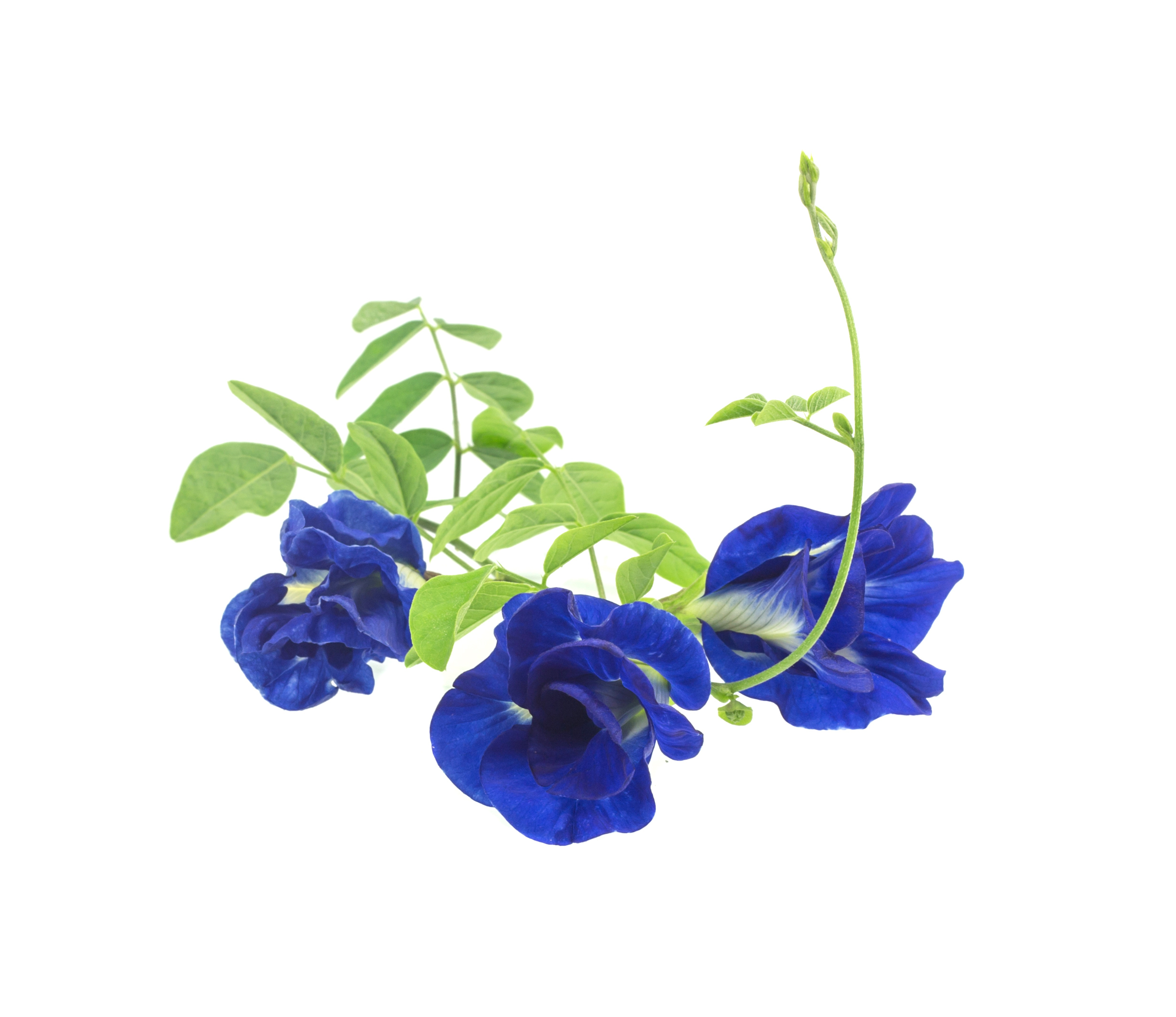CONTACT: Sales@TruColor.ORG
Availabe in 4 ounce, 12 ounce, gallon and pails

Purple Baking Color: Purple Sweet Potato Color & Butterfly Pea Color
Butterfly Blue: Butterfly Pea Color
Baking Green: Butterfly Pea Color & Turmeric Extract
Baking Spring Green: Butterfly Pea Color & Turmeric Extract
Beta Yellow: Beta Carotene Color
Turmeric Yellow: Turmeric Extract Color
Paprika Orange: Paprika Color
Beta Red: Beet Color & Beta Carotene
Turmeric Red: Beet Color & Turmeric Extract
Beet Pink: Beet Color Extract

Introducing TruColor® Natural Plant Based Liquid Baking Colors!
Plant based colors are not the easiest to color batter with and do have many variables associated with them. The rewards for your efforts to give your family, friends and customers a more healthy alternative to synthetic petroleum based colors will be realized! When adding color “into” a medium like icing, cake batter or dough, you have to take into account what is “in” what you are trying to color or how all of your individual ingredients may affect natural color. Some plant colors change and react to pH or if the icing or dough medium is “basic” or “acidic”. If there is an acid like lemon Juice or Cream of Tartar (Tartaric Acid), some (but not all) plant colors will actually change color (hue) with every increment change in pH. Some plant colors including most reds are enhanced with an acid and other colors are completely changed!
Some natural colors do not bake well at all and cannot be used, and those colors that do bake well, the color intensity is lost with very high heat and especially during Browning (Maillard Reaction) where color will darken and or fade into brown. All these variables sound confusing? Keep in mind that TruColor® is your natural color partner and we want you to have success with natural color and we are here to be your partner learning how to use plant based colors. At first there is a lot of information to process, it is all easily learned and based on science and before you know it you will be the expert, sharing your knowledge to others.
Every TruColor is different based on the plant source it was derived from, for example Butterfly Blue Baking Colors is made from a more bake stable anthocyanin that is derived from the beautiful butterfly pea flower. Anthocyanin is the name for the color from certain fruits (Berries, straw berries, blue berries, raspberries etc., some vegetables (Red Cabbage, Purple Carrot and edible flowers including Pansies and Butterfly Pea) Colors derived from Anthocyanins will usually brown with heat, but may work depending on how high the heat is and how long the color is exposed to excessive temperatures. I have seen the anthocyanin color in purple sweet potato extract make the most amazing “blue and purple” blueberry pancakes and butterfly pea make amazing blue color cakes and muffins.

Have fun and experiment with all the colors to find what works best in your individual application!
A good rule as with most things is to always try a little natural color in what you are trying to color before committing to a large batch and add your batter, dough or icing into the liquid or “hydrated” powder colors a little at a time (Do not add a plant based color to a large amount of batter, dough or icing as you may only achieve pastel shades) Adding your medium a little at a time into the color you can control the color to the shade you desire, remember these are not highly processed petroleum based food colors but are “TruColor” made from Plants, Fruits, Vegetables, Roots and Seeds and often the color you see in the batter may change a bit when baking.
The new liquid baking colors are AMAZING! With most new things including natural colors you often have to simply try the colors in a small amount in your individual application to find what works best! Another tip is to think “out of the box” when it comes to natural colors, try painting with an airbrush gun or a paint brush on the ‘dry” food surface after you bake, using this technique you avoid using large amounts of color inside the dough by simply coating the surface with brilliant hues and shades. When applying natural color on the “dry” surface you rarely have to concern yourself about pH, heat stability or other variables when using plant colors!
You can use the liquid or powder TruColor® plant colors when adding color into dough. Do add the TruColor® “Shine” line of food color paints into batter, dough, or icing these mineral based metallic hues have to be painted on the “surface” of most dry food products to reflect the light. (The exception would be you can add the shine colors to piping gel with amazing results. With the Shine and the Regular Paint and Airbrush lines you can paint the surface of most dry food products. Painting on the surface with a paintbrush or an airbrush machine you will acheive brilliant hues and shades and not have to worry about how hot your heat is or what is “in” your dough or batter or how all the ingredients may change the natural colors.
Hope this information helps, often with natural colors you often have to simply try the colors in a small amount with your individual application to find what works best!
Happy baking 😉 More Pictures to be posted soon and please send us pictures and let us know how things turn out!
Bill
Learn more about pH here:
